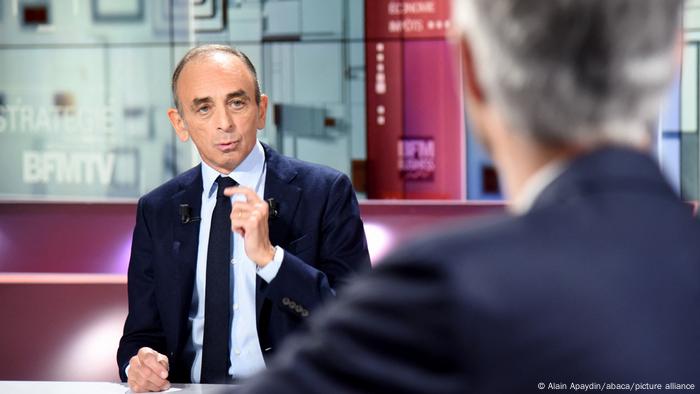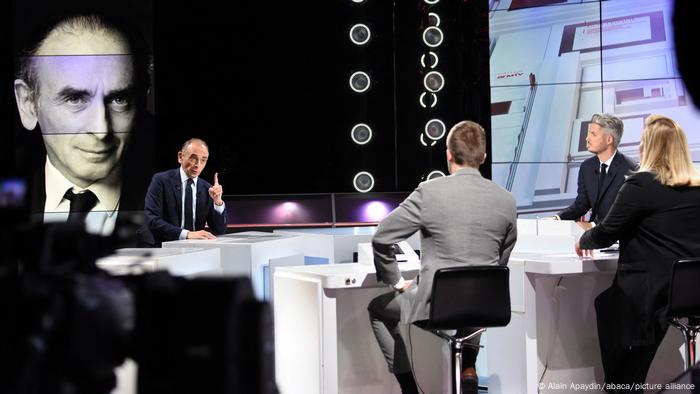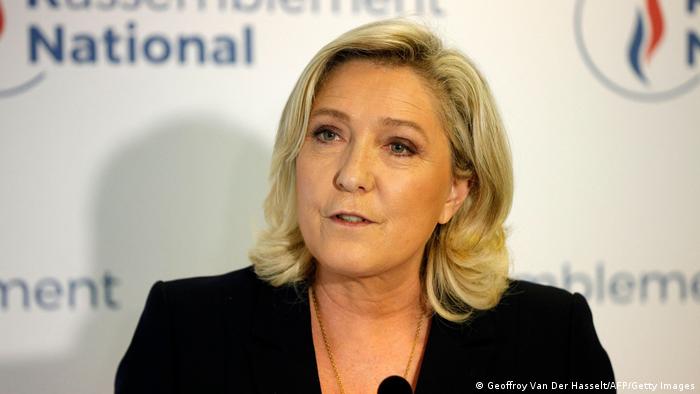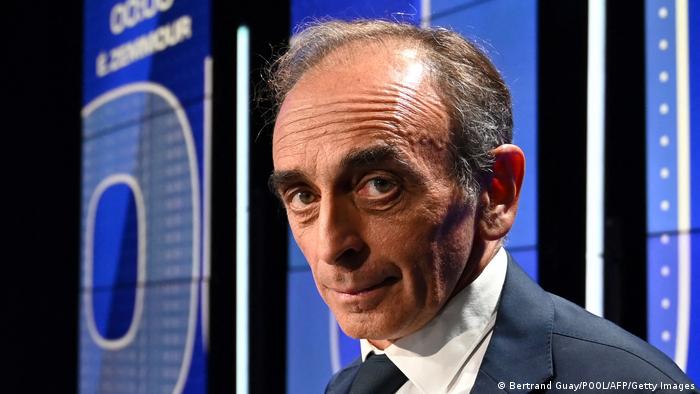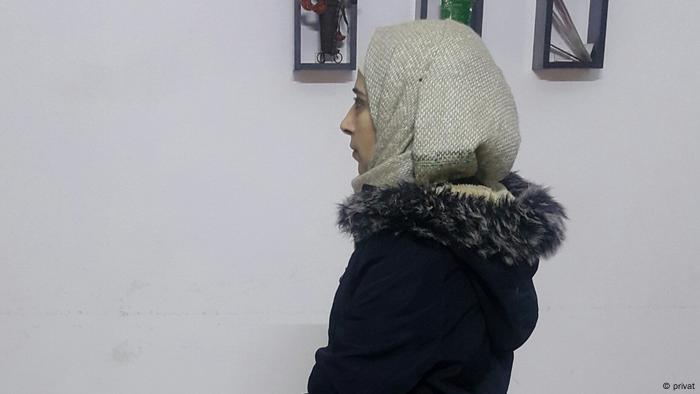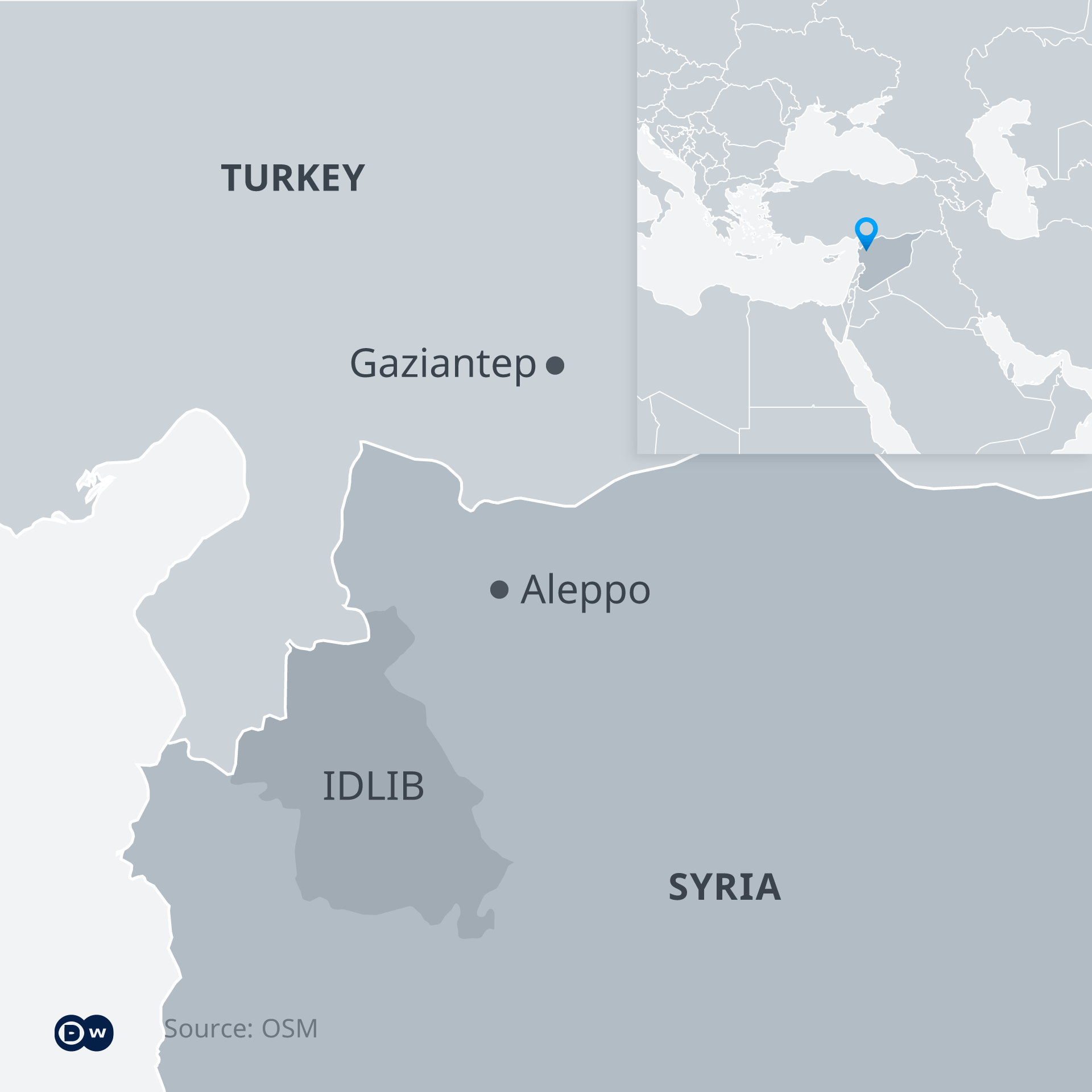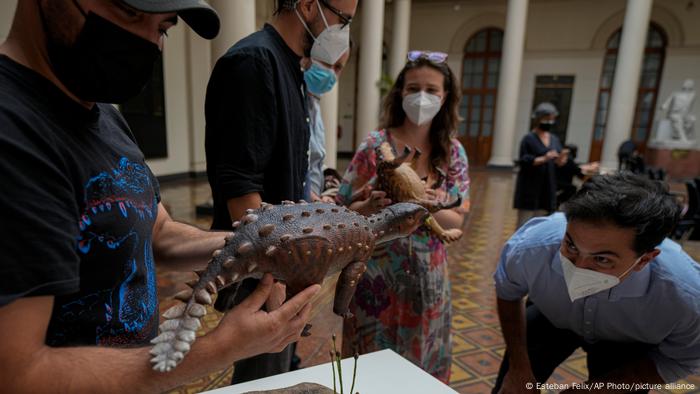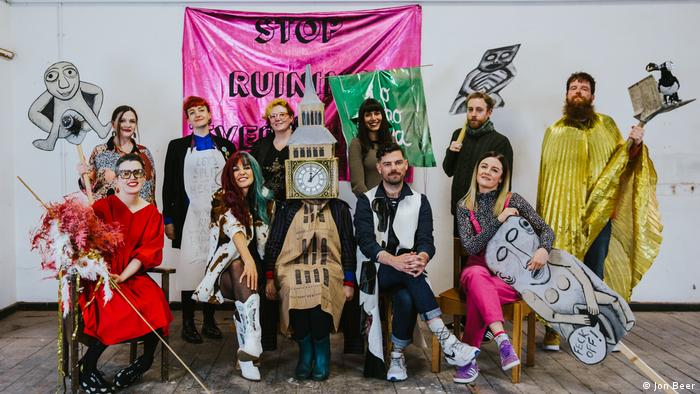Kirby Inland Marine agrees to pay $15.3M for 2014 Texas oil spill
Dec. 2 (UPI) -- Houston-based Kirby Inland Marine has agreed to pay $15.3 million in damages and assessment costs to resolve federal and state claims in connection to a massive 2014 oil spill in the Houston Ship Channel, the Justice Department said Wednesday.
The United States and Texas concurrently filed a civli complaint with a proposed consent decree seeking money damages and costs under the Oil Pollution Act for injuries to natural resources after a Kirby oil barge spilled some 168,000 gallons of marine fuel oil into the channel's waters that then flowed into Galveston Bay and spread into the Gulf of Mexico and down the Texas coastline.
According to the complaint, the oil spill was caused by a Kirby tugboat that pushed two of the company's oil barges in front of a deep-draft bulk cargo ship in the Channel that struck the lead barge, rupturing its oil tank.
Some 160 miles of shoreline were oiled due to the spill, impacting sensitive marsh habitat, the national wildlife refuge of Matagorda Island, Mustang Island State Park and Padre Island National Seashore.
The spill either killed or harmed birds, dolphins and other marine life as well as federal and state marshes, beaches and sub-tidal habitats, federal prosecutors said, adding that it also caused the channel to close and recreational users to lose use of the marine and coastal environment.
The Justice Department said the millions of dollars will be used to plan, design and perform projects to restore or ameliorate the impacts to dolphins and other aquatic life, birds, beaches, marshes and recreational uses along the Texas coast.
The agreement follows a $4.9 million settlement the United States secured from Kirby on behalf of the Coast Guard in 2016 in a related Clean Water Act action.
"The Texas City Y oil spill impacted shoreline and marsh habitat on Matagorda Island, which is part of the Aransas National Wildlife Refuge," Amy Lueders, the U.S. Fish and Wildlife Services' southwest regional director said in a statement. "This settlement will provide for restoration of these injured resources as well as helping to recover shorebirds and other birds and their habitats impacted by the oil and cleanup activities."









